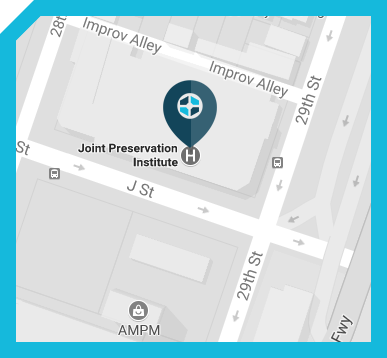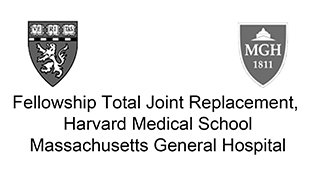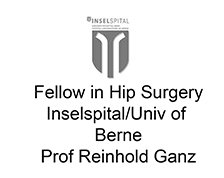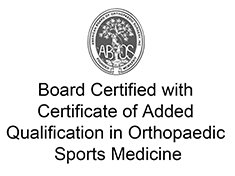 Avascular Necrosis
Avascular Necrosis 

Avascular necrosis, also called osteonecrosis, is a condition in which bone death occurs because of inadequate blood supply. Lack of blood flow may occur when there is a fracture of the bone or a dislocation of the joint causing a mechanical disruption of the blood vessels supplying the bone. Chronic use of high doses of steroid medications and heavy alcohol consumption are two of the most common risk factors for avascular necrosis. Initially, small breaks appear in the bone. In later stages, these breaks may eventually collapse causing the bone to flatten. The femoral head of the hip joint is the most commonly affected; however, the knee and shoulder may also be involved.
The symptoms can appear suddenly if it is a result of an injury. In other situations, the pain and stiffness may gradually appear over a period. Typically, avascular necrosis causes pain and restricted range of motion in the joint affected. Your doctor will diagnose the condition using imaging tests such as X-rays, MRI scans and a bone scan that help rule out other causes of joint pain.
The treatment for avascular necrosis aims at preventing further collapse of bone. The type of treatment depends on the degree of bone damage that has occurred already. Conservative treatment would reverse early stages of avascular necrosis whereas surgical treatment may be required in more advanced stages.
Conservative approach
- Medications: Non-steroidal anti-inflammatory drugs (NSAID’S) may be prescribed that help control your pain and swelling
- Rest: Restriction of physical activities and use of crutches to decrease weight bearing on your joints may be beneficial
- Exercises: Regular exercises that improve your range of motion may be done
- Electrical stimulation: Electric currents promote new bone growth. They can be applied directly to the area of damage or through electrodes fixed on skin. It helps replace the damaged bone
Surgical Treatment
- Core decompression: During this procedure, a portion of the inner layer of the bone is removed to relieve the pressure inside the bone. This decreases the pain and allows growth of new blood vessels thereby stimulates new bone growth
- Vascularized bone transplant: A healthy bone from harvested from other part of your body is grafted into the affected area. The blood vessels are sewn to the blood vessels of the femur.
- Bone cutting/reorientation (osteotomy): This procedure is done in advanced stages and involves reshaping of the bone which is done to decrease the stress placed over the affected bone.
- Bone and cartilage joint surface transplant (Osteochondral allograft): A small portion of the joint bone and its surround cartilage is transplanted from an organ donor. This helps to restore the shape of the bone and maintain the native joint even if there has been collapse.
- Joint replacement: Joint replacement surgery is done as a last resort when the bone has collapsed needing artificial replacement












